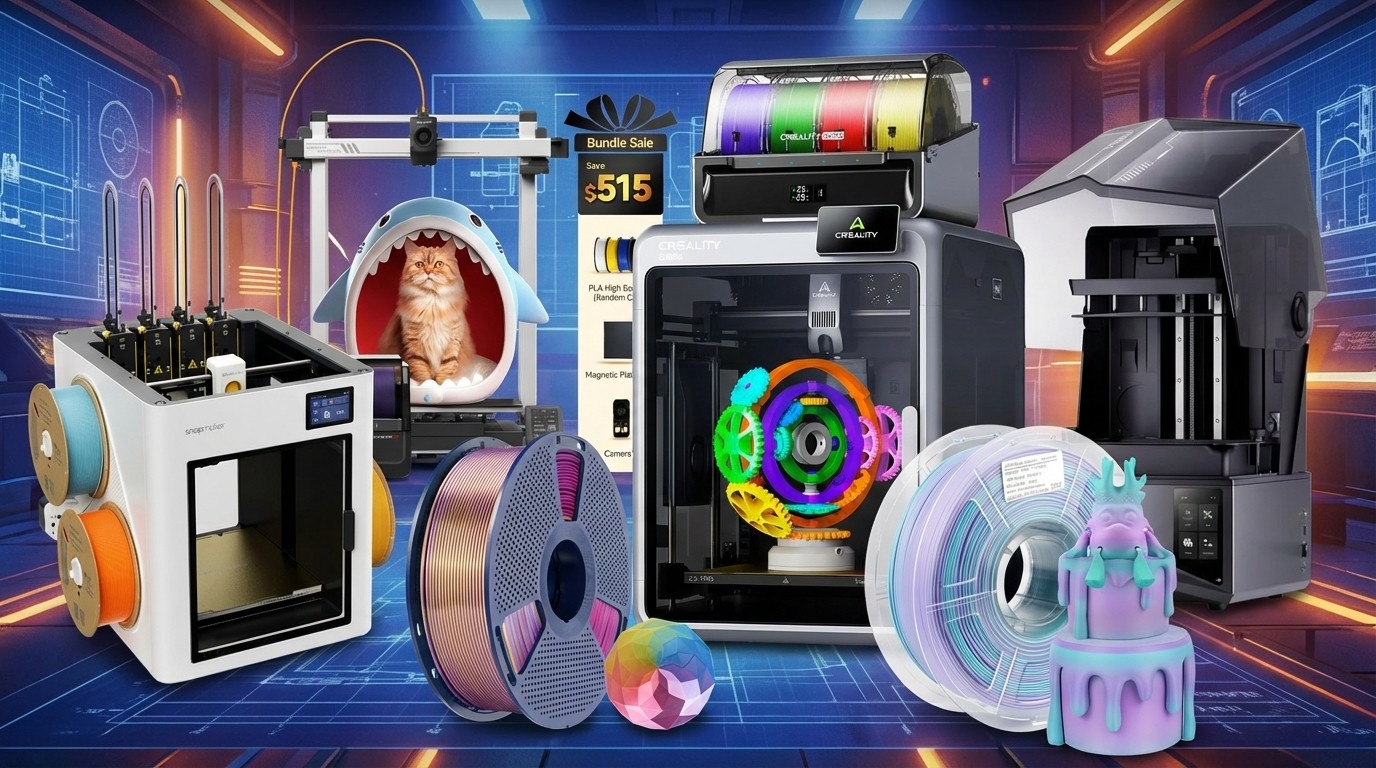Live or die packaging
The die-cuts, materials and artwork of packaging determine the strength and performance of brands. We show you how to get the balance right.
Look at the history of packaging and you'll be there all day, and then... well, we'll come back and see you in a week. It's a huge sector that provides some of the most attractive, pure forms of design. Much of the success of good packaging lies in the simple shapes and folds that can be created. Using die-cuts is an effective way of revealing the product and 'adding aesthetic value' to a brand.
This tutorial shows how to create a 'double wall' cardboard box to hold a limited edition T-shirt and 32 plastic army figures for those destructive nights in. From template construction to screen printing to special die-cuts, the idea is to give you as many techniques as possible so you can gauge the types of finishes available to you.
We show you how to use Illustrator CS to map out the box template, so you can work on several die shapes at the same time. Die-cuts can be easily managed and locked through your Layers palette. (Remember that die-cuts are reversed out if you're die-cutting double-walled boxes.) We also demonstrate how to use a key system to distinguish areas which are to be folded and cut, and how to mark up areas that are to be glued or need any other type of special instruction. You must make all marks prominent so that the manufacturing process is understood by everyone involved.
Packaging is easy once a few simple rules are understood and maintained, but don't be afraid to be different. Somewhere there's a manufacturer who can produce exactly what you're looking for and if you find a good one, keep hold of them, because they can make your products, and you, successful.
Click here to download the support files ( 2MB)
Click here to download the tutorial for free
Daily design news, reviews, how-tos and more, as picked by the editors.

The Creative Bloq team is made up of a group of art and design enthusiasts, and has changed and evolved since Creative Bloq began back in 2012. The current website team consists of eight full-time members of staff: Editor Georgia Coggan, Deputy Editor Rosie Hilder, Ecommerce Editor Beren Neale, Senior News Editor Daniel Piper, Editor, Digital Art and 3D Ian Dean, Tech Reviews Editor Erlingur Einarsson, Ecommerce Writer Beth Nicholls and Staff Writer Natalie Fear, as well as a roster of freelancers from around the world. The ImagineFX magazine team also pitch in, ensuring that content from leading digital art publication ImagineFX is represented on Creative Bloq.
